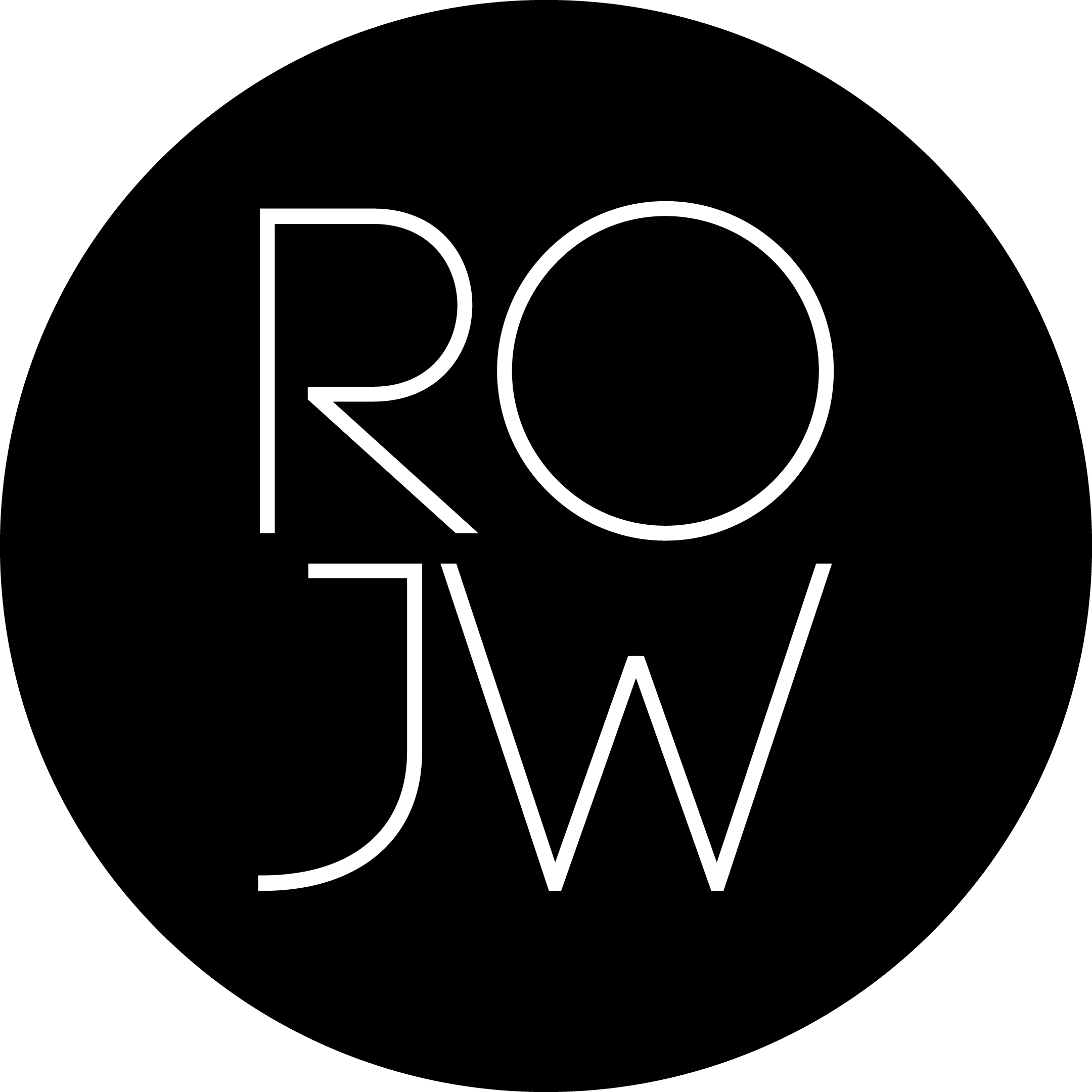Ji Young Kim - South Korea
Ji Young Kim
Designer biography:
After 20 years in broadcasting, Ji Young Kim now uses metal to explore her own formative language through jewelry and objects, though her work transcends these genres. Her exhibitions challenge the viewer, with both the exhibit and concept as autonomous art. Inspired by the Korean verb “fill(chada)” used for wearing jewelry, she emphasizes the deeper meaning of words. Born in South Korea, she lives and works in Paju, near the DMZ. Ji Young earned her MFA from Kookmin University, and her work is featured in public collections across Europe, China, and South Korea.
Collection concept:
1>In my country, when we wear jewelry, we say "to fill" (*chada*), unlike the English term "to wear." This linguistic nuance suggests that jewelry can symbolically fill the emptiness within our hearts. It inspired me to explore jewelry as a visual medium to address life’s intangible aspects, filling the emptiness with meaning. My journey begins with a single verb: "to fill." However, there is a saying that if you really want to fill up, empty it. Empty is filling, and it has never been easy to realize the truth of this statement. This time, I have completely emptied the thing that I have filled up to now. The seemingly empty deviates from the form itself and breaks down boundaries and transforms into a completely different appearance. Everything that occupies space is inevitably connected to the spirit. Jewelry occupies space on a person’s body as if it were a part of them. A piece of jewelry worn by a specific individual becomes, in essence, a modern-day Nahual (Maya spiritual concept) for that person. I've been studying the invisible form of the pin. This piece also doesn't see the pin and asks questions about the boundaries between objects and jewelry. The actual pin is inside. I say this through. It's only up to you to find the pin.
2>At its core, my work is not just about creating visually appealing pieces; it’s about how long people will engage with the work, touch it, and integrate it into their lives. Jewelry, in my view, is more than an accessory—it’s a canvas for personal expression and a bridge that connects people with their stories. I strive to create forms that are open-ended, allowing wearers to reimagine and redefine their meaning over time. My latest work involves giving metal a new sense of elasticity and experimenting with shapes that dissolve the boundaries between inside and outside. This research excites me because it not only pushes technical limits but also deepens the emotional connection between the jewelry and its wearer. I believe these open-ended forms represent the essence of my journey—a continuous process of discovery and reinvention.







